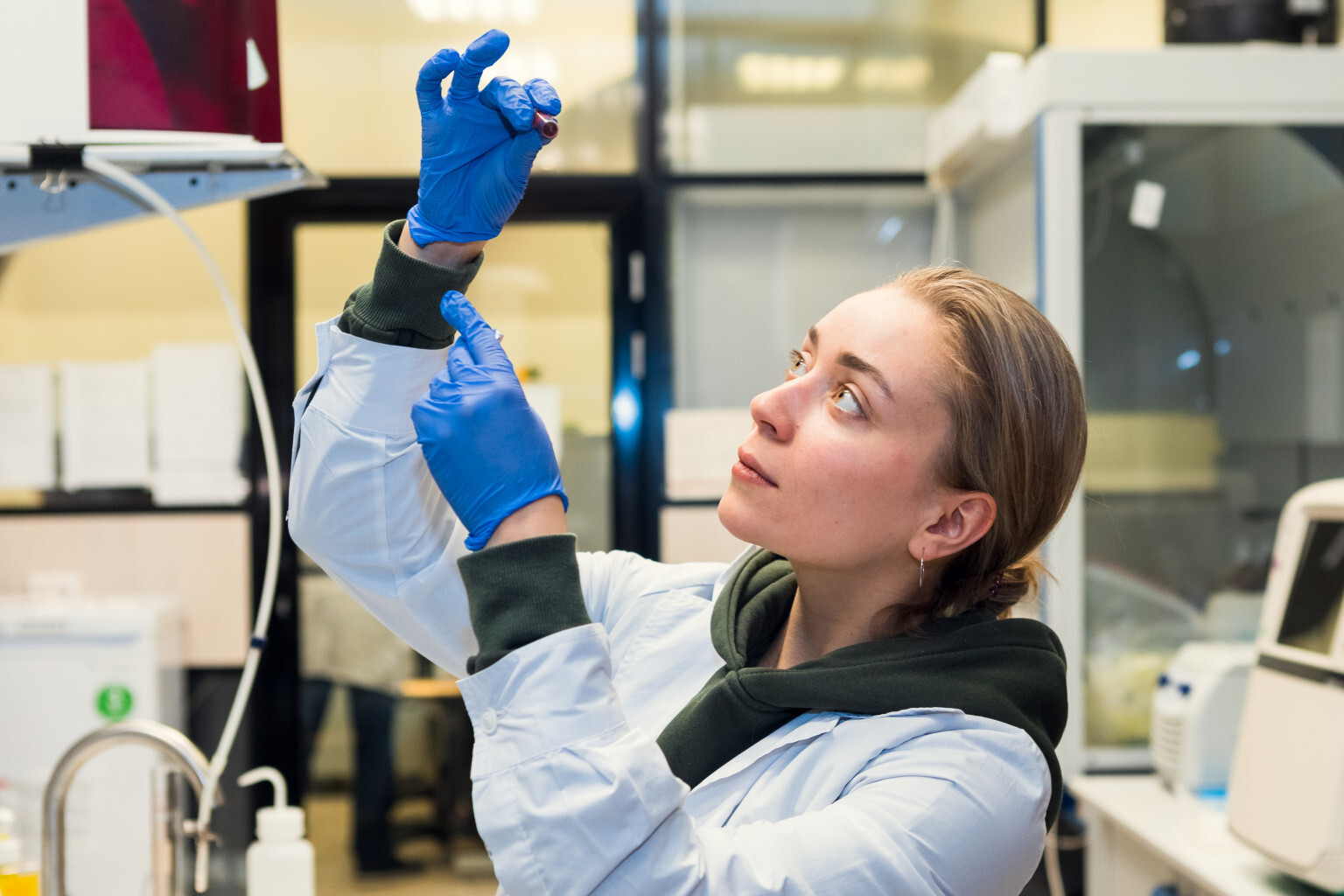Scientists from Russian ITMO University and the University of Central Florida have developed a new method for rapid diagnosis of viruses, bacteria and other pathogens.
The determination of DNA or RNA fragments is carried out at room temperature.
In terms of accuracy, this method is close to the readings of PCR tests and is their more affordable alternative, RT was told in the press service of ITMO University.
The research results are published in the journal Chemical Communications.
Recall that the polymerase chain reaction (PCR), invented in the 1980s, is one of the main methods for diagnosing infections.
It is based on the repeated doubling of the desired section of DNA or RNA with the help of enzymes in the laboratory.
As a result, a sufficient amount of material is obtained.
The process of copying sections of DNA or RNA of the pathogen is called amplification.
However, this method has a drawback: sample analysis can only be carried out in laboratories using expensive equipment.
The temperature regime is especially important - PCR laboratories use special devices that regulate the temperature at different stages of copying DNA or RNA fragments.
As Daria Gorbenko, an employee of the SCAMT International Research Center at ITMO University, explained in a comment to RT, RNA or DNA are usually in a folded state and unfold only at high temperatures.
This complicates the analysis procedure.
Daria Gorbenko, employee of the SCAMT International Research Center at ITMO University
© Dmitry Grigoriev, ITMO.News
“We have developed DNA machines that are capable of identifying the desired sites, RNA analytes belonging to certain pathogens without special devices and heating.
DNA machines “get close to the target”, grab it and force the nucleic acid to turn around,” said Daria Gorbenko.
DNA machines are called artificially created biological molecules, consisting of DNA fragments and capable of performing a number of tasks, including the determination of target nucleic acids of microorganisms.
The proposed DNA machine is a small platform of double-stranded nucleic acid.
Special sections are connected to it, figuratively speaking, “hands” - there can be two, three or even four of them.
For each virus or bacterium, its own platform is created, it is enough to pick it up once.
Gettyimages.ru
© Morsa Images
“If the sample contains the desired pathogen, the machine will combine with the analyte (the substance is the subject of analysis.
-
RT
) and forms a special three-dimensional fragment - the G-quadruplex.
The properties of this structure open up scope for creating a simple and visual test system: by adding special reagents, we will get a color signal.
In our case, the sample turns brown,” explained Daria Gorbenko.
The analysis of samples for the presence of the genetic material of pathogens in this way takes about two to three hours, the researchers are confident that testing time can be reduced in the future.
As scientists explained to RT, the now widely used rapid tests using the method of immunochromatographic analysis cannot be compared with the new development.
The fact is that ICA tests are based on the interaction of an antigen with an antibody.
Such protein tests are not very accurate and allow detecting the disease only at advanced stages, for example, when the protein belonging to this pathogen has accumulated enough.
Tests based on the detection of DNA or RNA can detect the presence of a pathogen even in the early stages of the disease.
So far, successful studies have been conducted on pathogens such as cytomegalovirus (a type of herpesvirus), Haemophilus influenzae, which causes respiratory damage, and Listeria monocytogenes, a bacterium that causes acute food poisoning.
It turned out that the DNA machine created by scientists is capable of detecting fragments of not only single-stranded RNA, but also double-stranded DNA in samples.
The authors of the study intend to create a compact device for diagnostics based on the proposed methodology, which can be used outside the laboratories.

